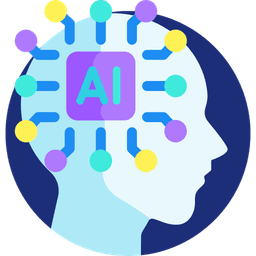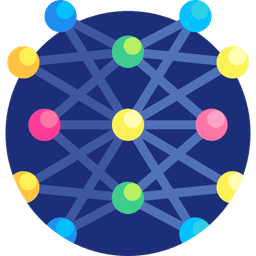
Our client sought an innovative solution to streamline the process of converting detailed text descriptions into high-quality, representative visuals. With a database of over 10,000 reference images, the challenge was not just technical, it required a deep understanding of language interpretation and visual synthesis. The client needed a system that could accurately generate visuals from user-provided text, improving their creative workflow and elevating their content production capabilities. To meet this need, we selected the Stable Diffusion model—renowned for its superior performance in text-to-image generation. Our team took it a step further by fine-tuning the model with the client’s extensive dataset, which featured a wide array of images and complex text descriptions. The focus of this fine-tuning was to enhance the model’s ability to interpret nuanced language and generate images that precisely align with the client’s vision. The results were remarkable. Our custom model produced images that not only met but exceeded the client’s expectations in terms of accuracy and quality. This high-performance tool was seamlessly integrated into their production workflow, transforming the way they create visual content.
Developing a high-performance text-to-image generation model presented several significant challenges. The client’s dataset contained diverse and complex text descriptions, ranging from abstract concepts to culturally specific references, which required the model to understand nuanced language while producing visually accurate outputs. Ensuring consistency between the images and their corresponding text descriptions was difficult due to the varying styles and themes in the dataset. Moreover, maintaining high image quality across all outputs was a constant challenge, especially when dealing with intricate or highly detailed prompts. Striking a balance between creative interpretation and accuracy further complicated the task, as the model had to generate visuals that were both aligned with the text and aesthetically pleasing. Finally, integrating the solution into the client’s workflow at scale, while ensuring efficient performance, required careful planning and robust API development to enable seamless real-time generation of visuals.
The development process began with an in-depth requirement analysis, where we collaborated with the client to understand their need for generating visuals from complex text descriptions. This involved analyzing a dataset of over 10,000 images and descriptions, identifying the challenges of interpreting abstract and detailed language. After evaluating various models, we selected and customized the Stable Diffusion model for its superior performance in text-to-image generation. By modifying the model's architecture, applying data preprocessing and augmentation techniques, we enhanced its ability to handle the dataset's diversity and generate high-resolution visuals. We fine-tuned the model through iterative training, rigorously testing it with real-world prompts to ensure accuracy and quality. Once the model met the client’s expectations, we seamlessly integrated it into their workflow via a custom API for real-time image generation. Post-deployment, we provided ongoing support and optimizations to ensure scalability and continued value in the client’s creative process.
Below are some sample images generated by our custom model, highlighting the model’s ability to create intricate, high-quality visuals based on complex text inputs:

This project exemplifies our expertise in leveraging AI technologies to solve complex client challenges. By fine-tuning the Stable Diffusion model, we created a tailored solution that not only improved the client’s creative workflow but also opened up new opportunities for growth. The integration of this model into their system has streamlined operations, reduced costs, and elevated the quality of their visual content production. Our commitment to innovation, combined with a deep understanding of AI, allows us to deliver solutions that are game-changers for our clients. In this case, we helped the client not only meet their immediate needs but also positioned them for future success by enhancing their creative capabilities and unlocking new avenues for revenue




Don't merely ponder the potential; make it a reality. Connect with us today to explore how we can revolutionize your customer experience strategy using Natural Language Processing.

For further details on how your personal data will be processed and how your consent can be managed, refer to the Privacy Policy